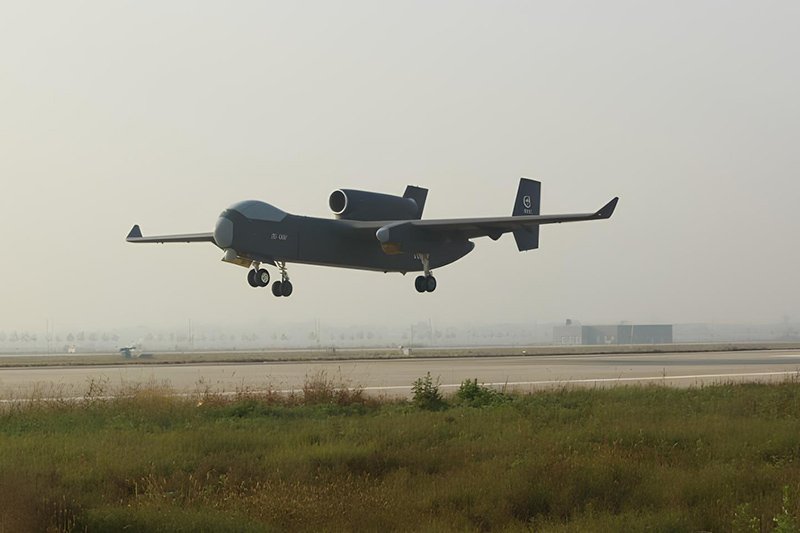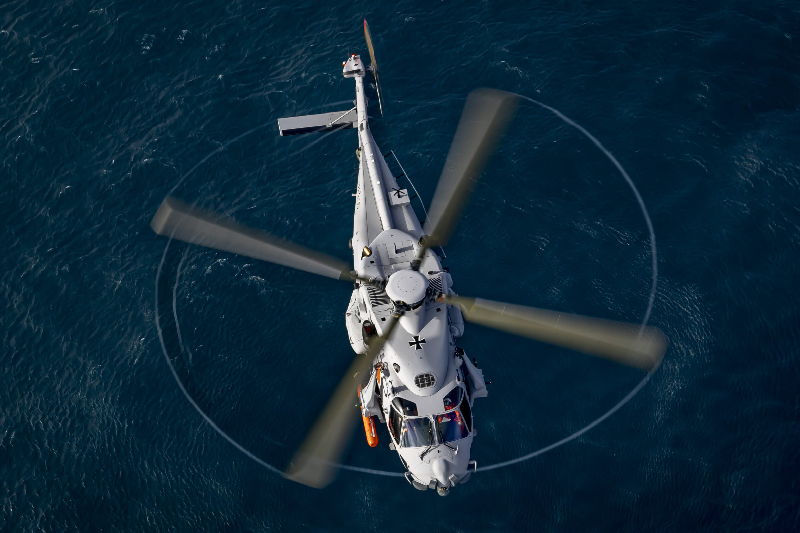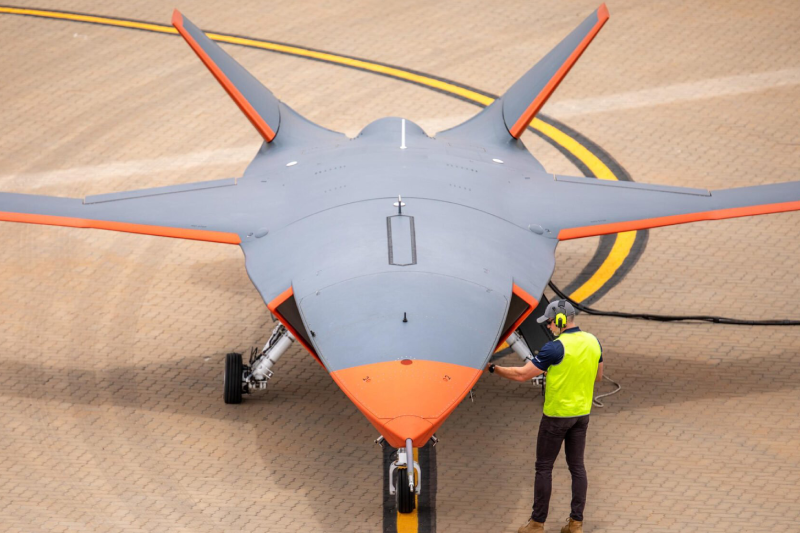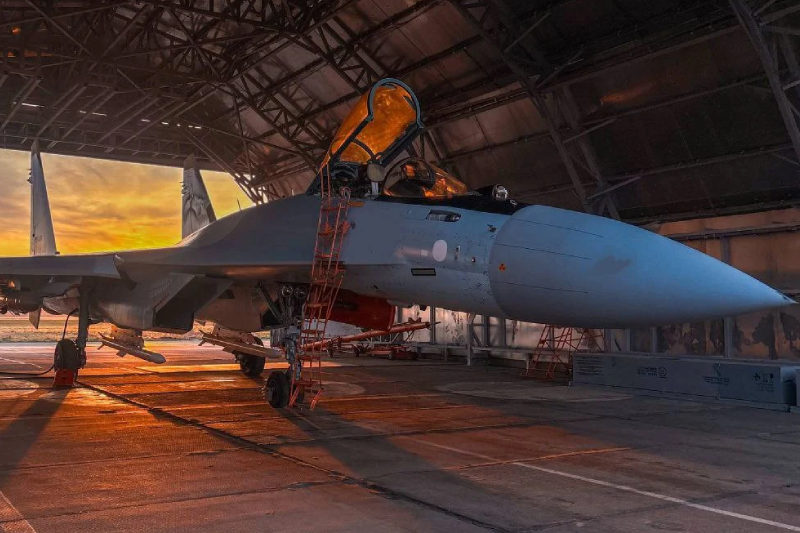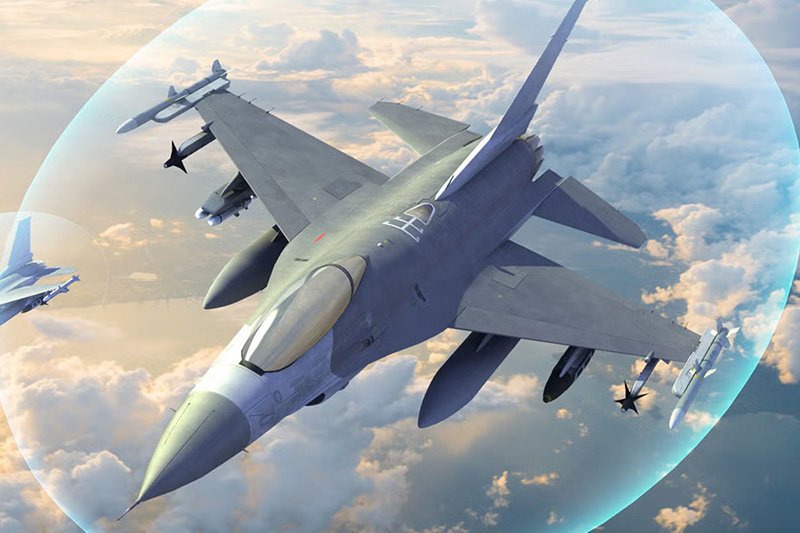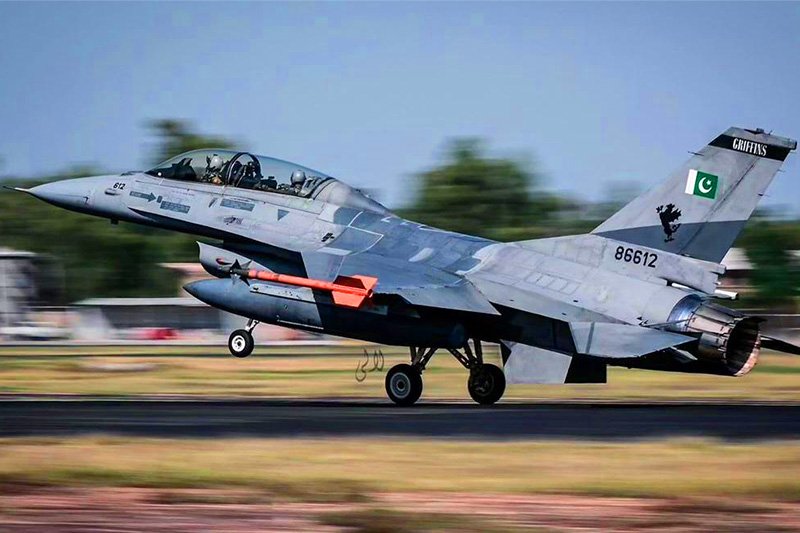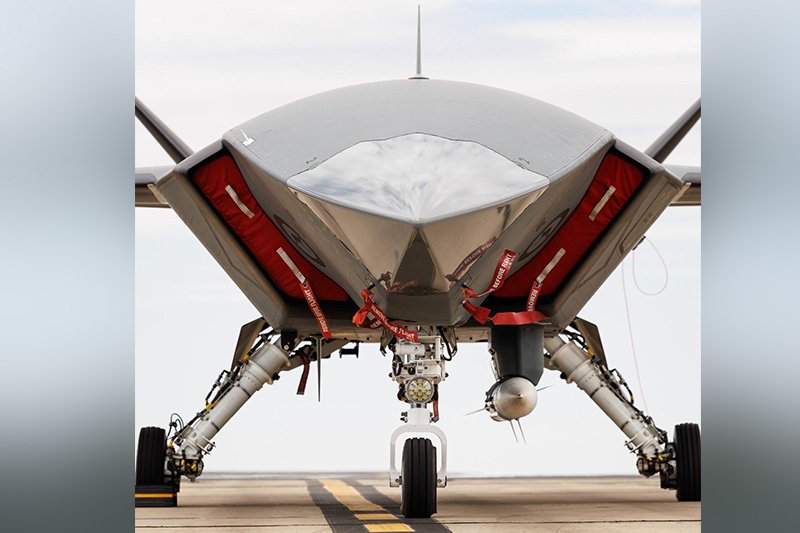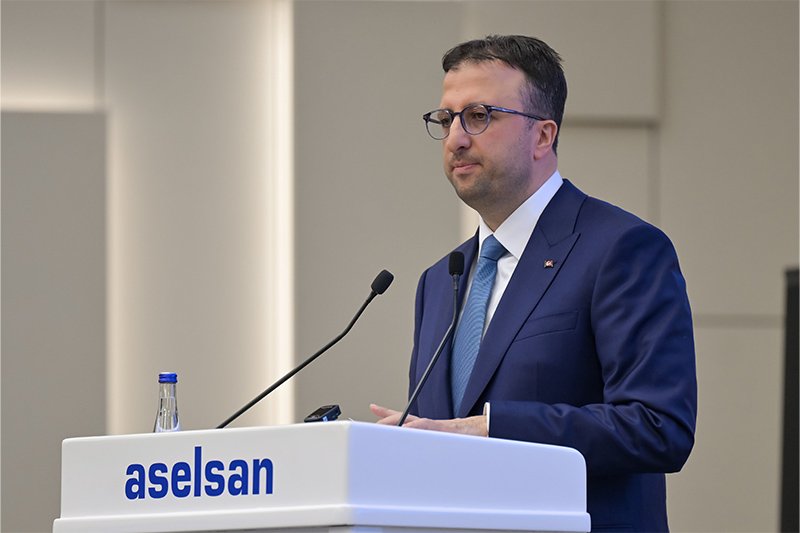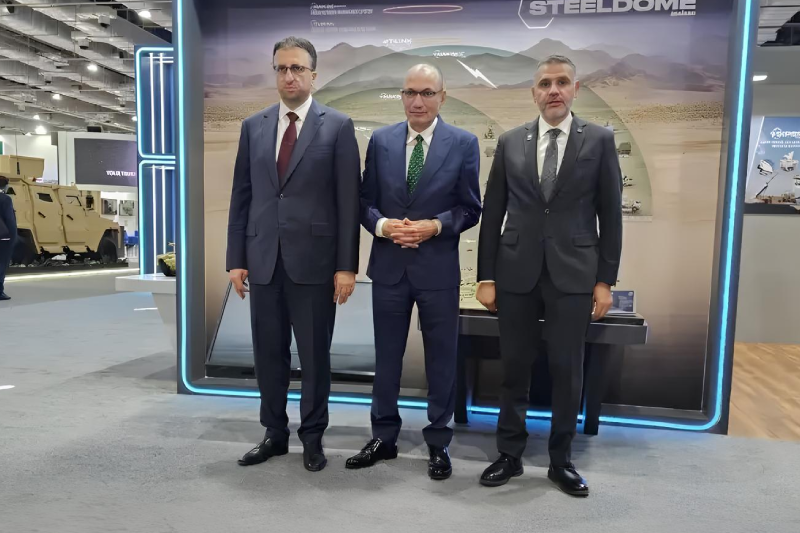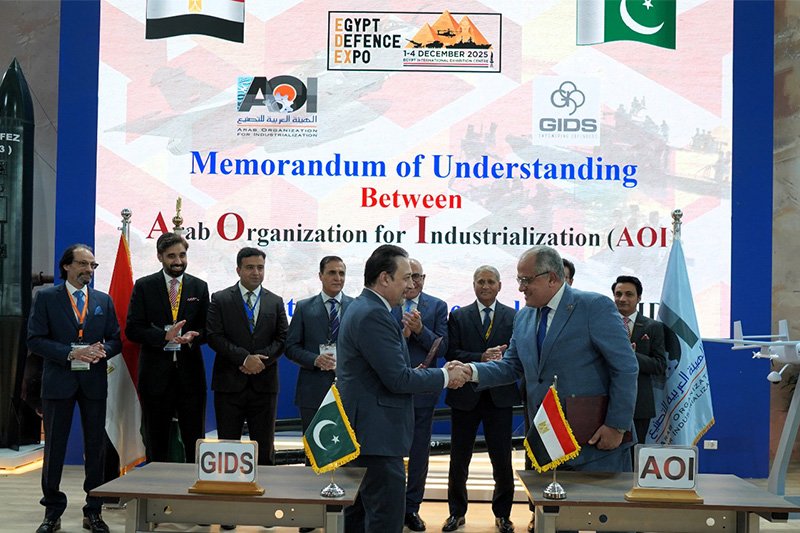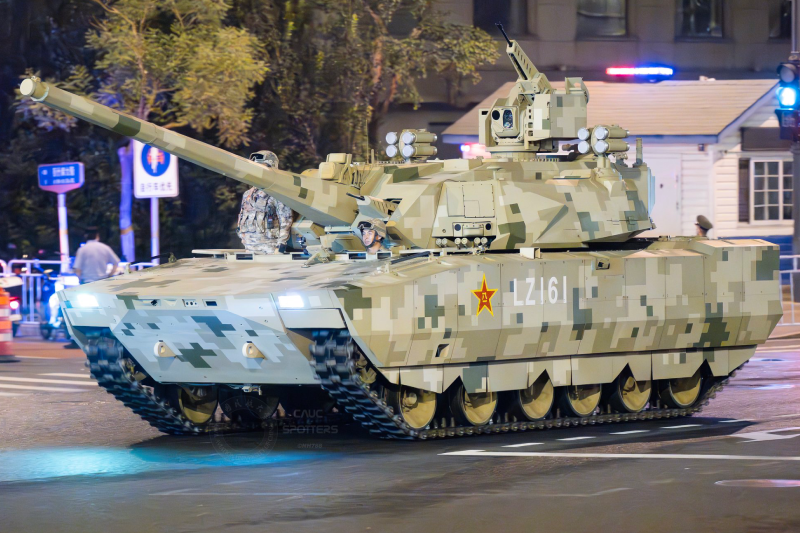China Unveils Next-Gen Modular Tank and Fighting Vehicle
China has unveiled an innovative family of armored vehicles featuring a groundbreaking modular tank and fighting vehicle design that represents a significant advancement in military technology and operational flexibility. The sophisticated modular tank and fighting vehicle platform demonstrates China’s commitment to modernizing its armored forces through standardized, versatile designs that maximize cost-effectiveness while enhancing battlefield capabilities. Recent images circulating on Chinese social media platforms reveal these cutting-edge vehicles during transport, suggesting imminent public or military display of this revolutionary armored system.
Advanced Medium Tank Configuration
The newly revealed medium tank variant features comprehensive reinforced dynamic protection systems integrated across both the hull and turret assemblies. This enhanced protective scheme indicates significant upgrades designed to counter modern anti-tank threats including advanced kinetic penetrators and shaped-charge warheads. The tank’s sophisticated armor configuration demonstrates China’s understanding of contemporary battlefield requirements and commitment to crew survivability in high-intensity combat scenarios.
GL6 Active Protection System
The medium tank incorporates what appears to be a GL6 active protection system mounted prominently on the turret, representing a major technological advancement in Chinese armored vehicle defense capabilities. This sophisticated system is designed to intercept and neutralize incoming projectiles before impact, providing crucial protection against anti-tank guided missiles and rocket-propelled grenades. The integration of active protection technology aligns with global trends toward comprehensive defensive systems in modern armored warfare.
Remote Weapon Stations
Both vehicle variants feature advanced remotely operated weapon stations that significantly enhance crew safety while maintaining effective defensive capabilities. These remote-controlled systems allow operators to engage threats from protected positions within the vehicle, reducing exposure to enemy fire during combat operations. The weapon station integration demonstrates China’s focus on crew survivability and layered defensive capabilities in modern armored vehicle design.
The modular platform’s infantry fighting vehicle configuration showcases the system’s remarkable adaptability, featuring a 30mm automatic cannon instead of the tank’s main gun. This IFV variant maintains the same advanced protection systems including active protection and remote weapon modules, demonstrating the platform’s ability to support diverse mission requirements. The shared defensive technologies across vehicle types highlight the efficiency of modular design approaches in modern military vehicle development.
Modular Design Philosophy
China’s adoption of modular armored platforms reflects a strategic approach to streamlining logistics and production processes while reducing overall program costs. By developing vehicle families that share common engines, suspension systems, and armor modules, the People’s Liberation Army can field diverse combat vehicles while simplifying maintenance procedures and spare parts inventory. This standardization approach represents a significant evolution in Chinese military vehicle acquisition strategy.
The vehicles display sophisticated digital desert-style camouflage schemes combined with Chinese military insignia, suggesting advanced development stages and potential operational deployment preparation. Visible identification numbers on vehicle hulls indicate systematic testing protocols and suggest the platforms may be undergoing field trials or preparation for official unveiling. The professional appearance and markings demonstrate the program’s maturity and readiness for broader military integration.
Active Protection Integration Transforms
The widespread adoption of active protection systems across multiple vehicle types represents a fundamental shift in Chinese armored doctrine toward enhanced survivability and battlefield effectiveness. These advanced defensive systems, now standard in Western and Russian designs, provide crucial protection against increasingly sophisticated anti-tank threats. The integration of such technology signals China’s commitment to maintaining competitive armored capabilities on modern battlefields.
Don’t miss this: Pakistan Navy Launches Third Hangor-Class Submarine
Cost-Effective Production
The modular platform approach offers significant economic advantages by allowing multiple vehicle types to be developed from shared base components and manufacturing processes. This cost-effective strategy enables the People’s Liberation Army to modernize its armored forces more efficiently while maintaining high capability standards. The standardized production approach reduces per-unit costs while accelerating delivery timelines for critical military equipment.
The timing of these vehicle revelations has prompted speculation about possible appearances at upcoming military parades or defense exhibitions, where China typically showcases its latest military technological achievements. Such public displays serve multiple purposes including demonstrating military capabilities, boosting domestic morale, and signaling technological advancement to international observers. The vehicles’ transport preparation suggests imminent public or military presentation opportunities.
China’s development of advanced modular tank and fighting vehicle platforms demonstrates the nation’s commitment to military modernization through innovative design approaches that maximize operational flexibility while optimizing production efficiency and battlefield effectiveness in contemporary combat environments.
Keep connected with us at Facebook, Twitter, YouTube, Instagram & TikTok for latest defense happening around the globe.
Discover more from International Defence Analysis
Subscribe to get the latest posts sent to your email.


